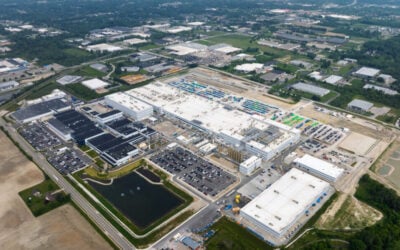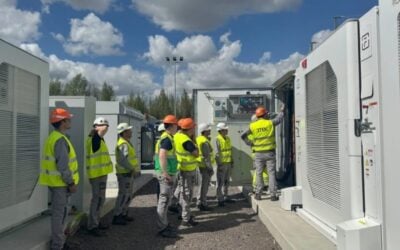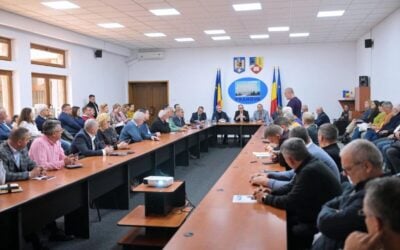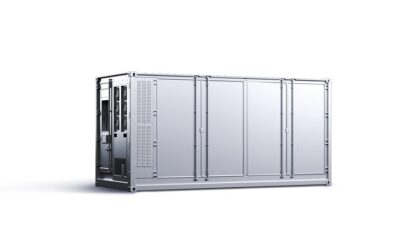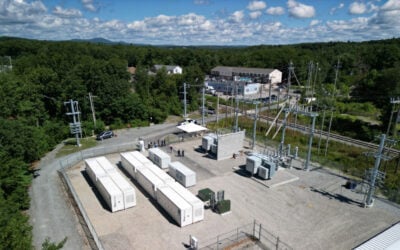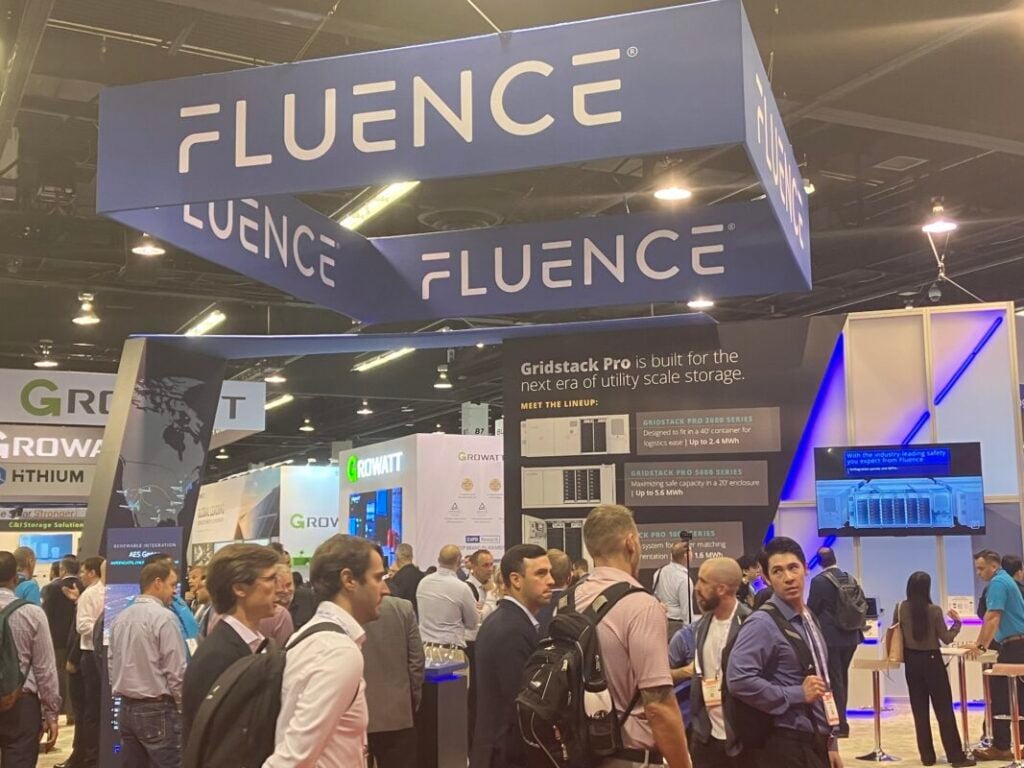
Fluence has reported a year-on-year fall in quarterly revenues and lowered its 2025 guidance but sees ‘robust’ global demand for battery storage.
The US-headquartered energy storage system integrator and renewable energy services provider released its financial results yesterday (10 February) for its first quarter (Q1 2025), which ended on 31 December 2024.
Enjoy 12 months of exclusive analysis
- Regular insight and analysis of the industry’s biggest developments
- In-depth interviews with the industry’s leading figures
- Annual digital subscription to the PV Tech Power journal
- Discounts on Solar Media’s portfolio of events, in-person and virtual
It reported quarterly revenue of US$168.8 million, a 49% decline year-on-year from Q1 2024’s US$364 million. Ahead of an earnings call with executives scheduled for 8:30 am Eastern Time this morning, the company said the drop was due to a more uneven distribution of revenue expected in its fiscal year 2025 (FY2025) compared to 2024.
Despite gross profit falling year-on-year from around US$38 million to US$23 million, Fluence slightly improved its GAAP-adjusted gross profit margin from 10.5% in Q1 2024 to 12.5% in the reported quarter.
Adjusted EBITDA was negative US$49.7 million, more than double the US$18.3 million loss it recorded in Q1 last year, and its net loss widened to US$57 million from US$25.6 million. Operating expenses, including stock compensation, rose to US$71 million in Q1 2025 from US$62 million in the same period of Fluence’s FY2024.
Fluence’s energy storage solution deployments, meanwhile, have continued to rise quarter-by-quarter on both a megawatt and megawatt-hour basis, with 5.8GW/14.8GWh deployed in Q1 2025 versus 5GW/12.8GWh in Q4 2024 and 3.6GW/8.7GWh in Q1 2024.
‘Record US$5.1 billion backlog’
The results come after a successful FY2024 for the company, in which it reported US$2.7 billion in revenue for the year in November’s results release and US$1.2 billion for the fourth quarter—both were records for Fluence, which has been listed on the Nasdaq Global Select Market since a 2021 IPO.
The company said Fluence had ‘met or exceeded’ financial guidance metrics for FY2024 at that time and offered FY2025 revenue guidance between US$3.6 billion and US$4.4 billion with a US$4 billion midpoint.
Yesterday, it lowered 2025 revenue guidance by US$600 million, to US$3.1 billion to US$3.7 billion with a US$3.4 billion midpoint.
Fluence said this was primarily due to delays in signing customer contracts for three key large-scale BESS projects in Australia but noted that it expects the contracts to be signed later this year.
However, it also said in an investor presentation deck that it expected ‘competitive pressures’ to impact revenues. It set out some competitive advantages that it hopes to leverage during the year, including its domestic content strategy for the growing US market and the forthcoming launch of a new full AC block solution.
The company also cut adjusted FY2025 EBITDA guidance from US$160 million to US$200 million with a US$180 million midpoint to US$70 million to US$100 million with a US$85 million midpoint.
While company’s quarterly order intake was also down sequentially and year-on-year at US$778 million, compared to US$1.1 billion in the previous quarter and US$1.2 billion a year ago, Fluence noted that its total backlog has grown 38% year over year, hitting US$5.1 billion as of the end of Q1 2025 against US$3.7 billion as of Q1 2024.
The current backlog includes US$2.7 billion for FY2025; the remaining US$2.4 billion is expected to be recognised in future years. Fluence said the midpoint of the FY2025 revenue guidance is approximately 85% covered by the current backlog added to revenue recognised in the year-to-date.
“We have experienced customer-driven delays in signing certain contracts that, coupled with competitive pressures, result in the need to lower our fiscal year 2025 outlook,” Fluence CEO Julian Nebreda said.
“While these delays are disappointing, we continue to see a very robust utility-scale battery storage market globally and strong interest in our US domestic content product offering in particular, as evidenced by our record US$5.1 billion backlog.”

